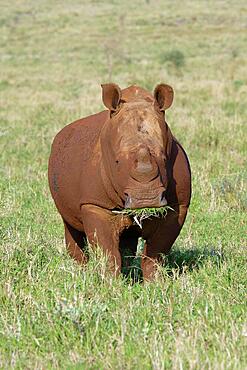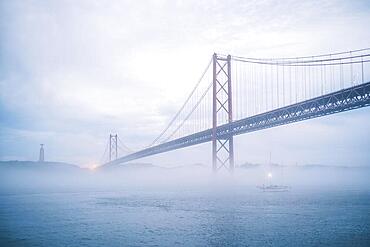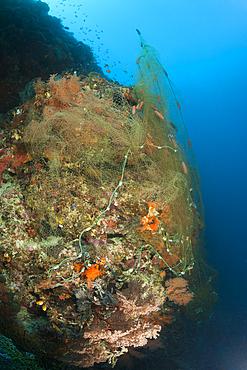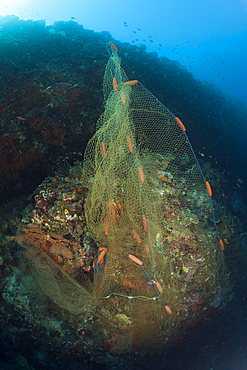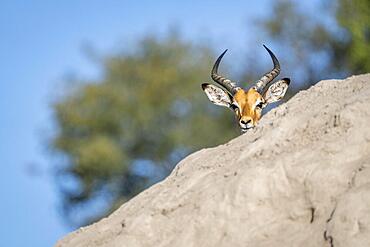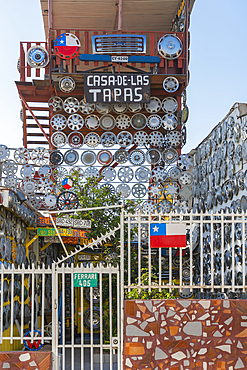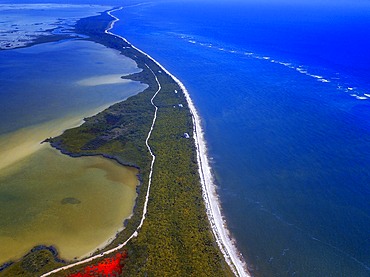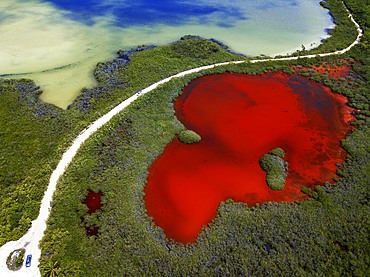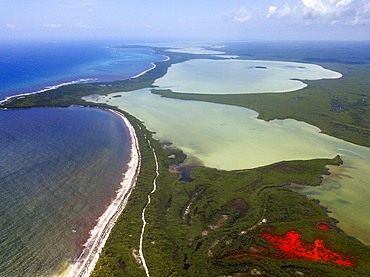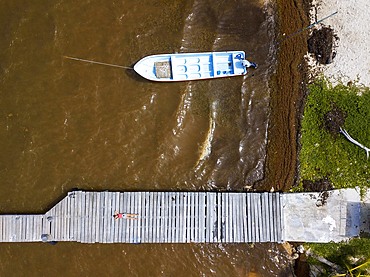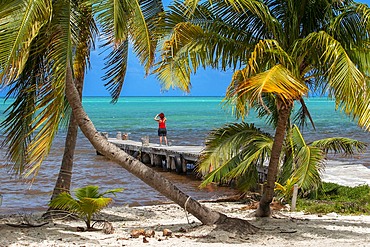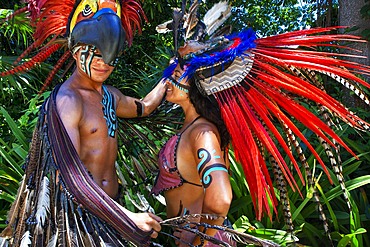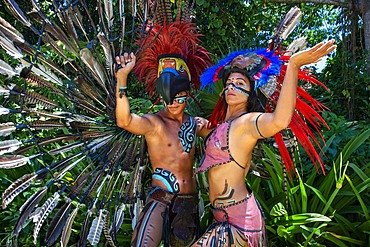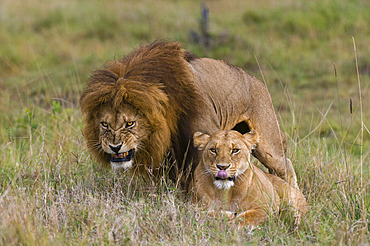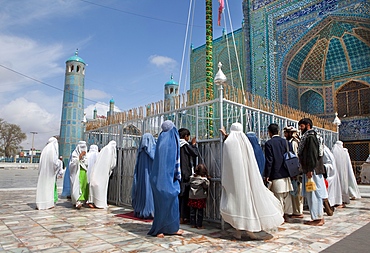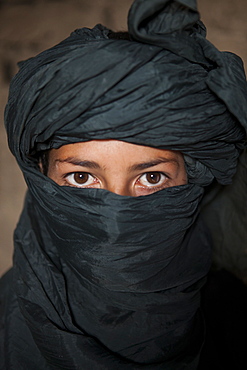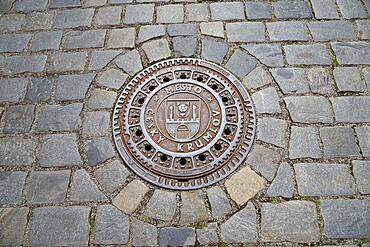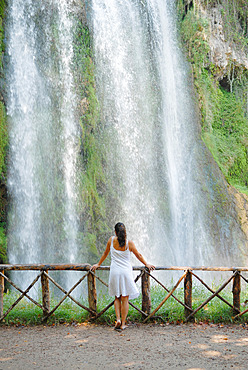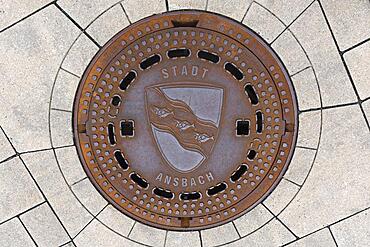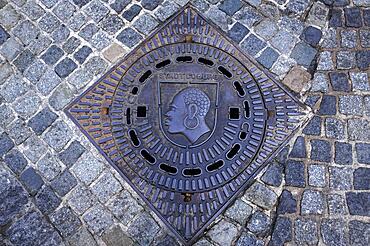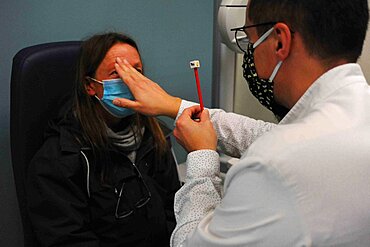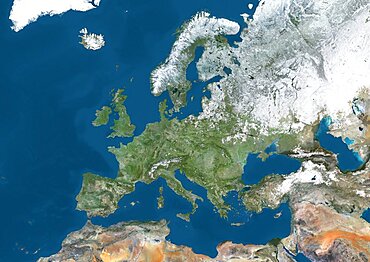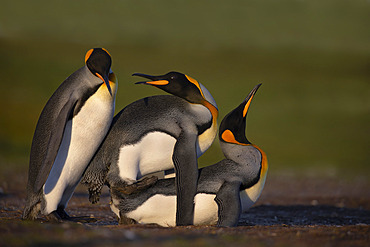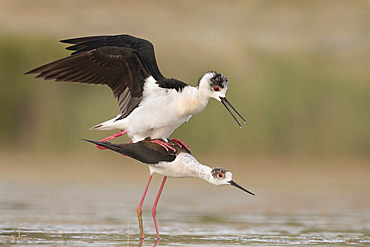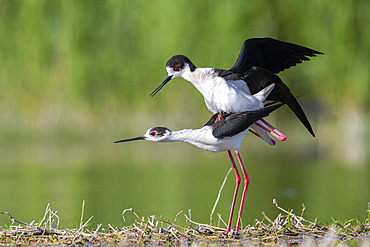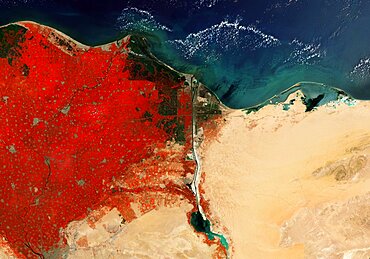Recent searches
Loading...
1116-52730 - A couple lying in a bed with their feet sticking out from underneath the covers.
1116-52725 - A cool young woman lying in a bed with he covers pulled up to her chin.
832-403619 - Close up african girl covering her face
832-403834 - Smiling young woman covered her face with holi color looking camera
832-403008 - White rhinoceros, white rhino or square-lipped rhinoceros (Ceratotherium simum) covered with red soil, Kwazulu Natal Province, South Africa, Africa
832-403007 - White rhinoceros, white rhino or square-lipped rhinoceros (Ceratotherium simum) covered with red soil, Kwazulu Natal Province, South Africa, Africa
832-403003 - View of 25 de Abril Bridge famous tourist landmark of Lisbon connecting Lisboa and Almada in heavy fog mist wtih yacht boats passing under. Lisbon, Portugal, Europe
832-402995 - Abstract shape luxurious stairs with red carpet cover and golden handrail. Hypnotic pattern swirl staircase with mirror reflections on the stairwell walls
832-402267 - View of 25 de Abril Bridge famous tourist landmark of Lisbon connecting Lisboa and Almada in heavy fog mist wtih yacht boats passing under. Lisbon, Portugal, Europe
759-12592 - Lost Fishing Net covers Coral Reef, Indo Pacific, Indonesia
759-12593 - Lost Fishing Net covers Coral Reef, Indo Pacific, Indonesia
759-12591 - Lost Fishing Net covers Coral Reef, Indo Pacific, Indonesia
759-10813 - Cloud Cover below Teide National Park Area, Tenerife, Canary Islands, Spain
832-400393 - Wedding. Banquet. Chairs and a table for guests, decorated with candles, are served with cutlery and crockery and covered with yellow tablecloth. Waiter setting table stands on a green lawn in the backyard banquet area
832-400133 - Impala buck head behind a termite mount. Only his head with antlers shows. Hiding his body. Kwando River, Bwabwata National Park, Namibia, Africa
832-399918 - Cloud cover over the Wiesental, Black Forest, Germany, Europe
832-399219 - Pumped storage plant Glems of EnBW Kraftwerke AG, upper storage basin on the Swabian Alb, trees and forest are covered with hoarfrost, Eningen, Baden-Wuerttemberg, Germany, Europe
832-399216 - Pumped storage plant Glems of EnBW Kraftwerke AG, upper storage basin on the Swabian Alb, trees and forest are covered with hoarfrost, Eningen, Baden-Wuerttemberg, Germany, Europe
832-399002 - Narrow-leaved willowherbs cover the ground in bloom and in huge quantities, single shed, evening primrose family, summer, Arctic, Varanger Peninsula, Vadsoe, Lapland, Norway, Europe
832-399001 - Narrow-leaved willowherbs cover the ground in bloom and in huge quantities, individual houses, evening primrose plants, summer, Arctic, Varanger Peninsula, Vadsoe, Lapland, Norway, Europe
832-398478 - arrangement office elements dark background with notepad
832-398748 - Narrow-leaved willowherbs cover the ground in bloom and in huge quantities, individual houses, evening primrose plants, Varanger Peninsula, Vadsoe, Lapland, Arctic, Norway, Europe
1359-734 - House decorated with car wheel covers named Casa de las Tapas, Cerro Bellavista, Valparaiso, Valparaiso Province, Valparaiso Region, Chile, South America
1359-407 - Burmese woman sitting on ground and weaving palm leaves to make a cover for roof, Chaung Tha, Myanmar (Burma), Asia
1350-6627 - Aerial view of Punta Allen Sian Ka'an Reserve, Yucatan Peninsula, Mexico. Red lagoon near Boca Paila Bridge.
In the language of the Mayan peoples who once inhabited this region, Sian Ka'an means Origin of the Sky. Located on the east coast of the Yucatán peninsula, this biosphere reserve contains tropical forests, mangroves and marshes, as well as a large marine section intersected by a barrier reef. It provides a habitat for a remarkably rich flora and a fauna comprising more than 300 species of birds, as well as a large number of the region's characteristic terrestrial vertebrates, which cohabit in the diverse environment formed by its complex hydrological system.
Along its roughly 120 kilometres of coastline, the property covers over 400,000 hectares of land ranging from sea level to only ten m.a.s.l. The property boasts diverse tropical forests, palm savannah, one of the most pristine wetlands in the region, lagoons, extensive mangrove stands, as well as sandy beaches and dunes. The 120,000 hectares of marine area protect a valuable part of the Mesoamerican Barrier Reef and seagrass beds in the shallow bays. The lush green of the forests and the many shades of blue of the lagoons and the Caribbean Sea under a wide sky offer fascinating visual impressions.
1350-6623 - Aerial view of Punta Allen Sian Ka'an Reserve, Yucatan Peninsula, Mexico. Red lagoon near Boca Paila Bridge.
In the language of the Mayan peoples who once inhabited this region, Sian Ka'an means Origin of the Sky. Located on the east coast of the Yucatán peninsula, this biosphere reserve contains tropical forests, mangroves and marshes, as well as a large marine section intersected by a barrier reef. It provides a habitat for a remarkably rich flora and a fauna comprising more than 300 species of birds, as well as a large number of the region's characteristic terrestrial vertebrates, which cohabit in the diverse environment formed by its complex hydrological system.
Along its roughly 120 kilometres of coastline, the property covers over 400,000 hectares of land ranging from sea level to only ten m.a.s.l. The property boasts diverse tropical forests, palm savannah, one of the most pristine wetlands in the region, lagoons, extensive mangrove stands, as well as sandy beaches and dunes. The 120,000 hectares of marine area protect a valuable part of the Mesoamerican Barrier Reef and seagrass beds in the shallow bays. The lush green of the forests and the many shades of blue of the lagoons and the Caribbean Sea under a wide sky offer fascinating visual impressions.
1350-6625 - Aerial view of Punta Allen Sian Ka'an Reserve, Yucatan Peninsula, Mexico. Red lagoon near Boca Paila Bridge.
In the language of the Mayan peoples who once inhabited this region, Sian Ka'an means Origin of the Sky. Located on the east coast of the Yucatán peninsula, this biosphere reserve contains tropical forests, mangroves and marshes, as well as a large marine section intersected by a barrier reef. It provides a habitat for a remarkably rich flora and a fauna comprising more than 300 species of birds, as well as a large number of the region's characteristic terrestrial vertebrates, which cohabit in the diverse environment formed by its complex hydrological system.
Along its roughly 120 kilometres of coastline, the property covers over 400,000 hectares of land ranging from sea level to only ten m.a.s.l. The property boasts diverse tropical forests, palm savannah, one of the most pristine wetlands in the region, lagoons, extensive mangrove stands, as well as sandy beaches and dunes. The 120,000 hectares of marine area protect a valuable part of the Mesoamerican Barrier Reef and seagrass beds in the shallow bays. The lush green of the forests and the many shades of blue of the lagoons and the Caribbean Sea under a wide sky offer fascinating visual impressions.
1350-6620 - Aerial view of Punta Allen Sian Ka'an Reserve, Yucatan Peninsula, Mexico. Red lagoon near Boca Paila Bridge.
In the language of the Mayan peoples who once inhabited this region, Sian Ka'an means Origin of the Sky. Located on the east coast of the Yucatán peninsula, this biosphere reserve contains tropical forests, mangroves and marshes, as well as a large marine section intersected by a barrier reef. It provides a habitat for a remarkably rich flora and a fauna comprising more than 300 species of birds, as well as a large number of the region's characteristic terrestrial vertebrates, which cohabit in the diverse environment formed by its complex hydrological system.
Along its roughly 120 kilometres of coastline, the property covers over 400,000 hectares of land ranging from sea level to only ten m.a.s.l. The property boasts diverse tropical forests, palm savannah, one of the most pristine wetlands in the region, lagoons, extensive mangrove stands, as well as sandy beaches and dunes. The 120,000 hectares of marine area protect a valuable part of the Mesoamerican Barrier Reef and seagrass beds in the shallow bays. The lush green of the forests and the many shades of blue of the lagoons and the Caribbean Sea under a wide sky offer fascinating visual impressions.
1350-6616 - Aerial view of Punta Allen Sian Ka'an Reserve, Yucatan Peninsula, Mexico.
In the language of the Mayan peoples who once inhabited this region, Sian Ka'an means Origin of the Sky. Located on the east coast of the Yucatán peninsula, this biosphere reserve contains tropical forests, mangroves and marshes, as well as a large marine section intersected by a barrier reef. It provides a habitat for a remarkably rich flora and a fauna comprising more than 300 species of birds, as well as a large number of the region's characteristic terrestrial vertebrates, which cohabit in the diverse environment formed by its complex hydrological system.
Along its roughly 120 kilometres of coastline, the property covers over 400,000 hectares of land ranging from sea level to only ten m.a.s.l. The property boasts diverse tropical forests, palm savannah, one of the most pristine wetlands in the region, lagoons, extensive mangrove stands, as well as sandy beaches and dunes. The 120,000 hectares of marine area protect a valuable part of the Mesoamerican Barrier Reef and seagrass beds in the shallow bays. The lush green of the forests and the many shades of blue of the lagoons and the Caribbean Sea under a wide sky offer fascinating visual impressions.
1350-6615 - Palms and old pier in Punta Allen Sian Ka'an Reserve, Yucatan Peninsula, Mexico.
In the language of the Mayan peoples who once inhabited this region, Sian Ka'an means Origin of the Sky. Located on the east coast of the Yucatán peninsula, this biosphere reserve contains tropical forests, mangroves and marshes, as well as a large marine section intersected by a barrier reef. It provides a habitat for a remarkably rich flora and a fauna comprising more than 300 species of birds, as well as a large number of the region's characteristic terrestrial vertebrates, which cohabit in the diverse environment formed by its complex hydrological system.
Along its roughly 120 kilometres of coastline, the property covers over 400,000 hectares of land ranging from sea level to only ten m.a.s.l. The property boasts diverse tropical forests, palm savannah, one of the most pristine wetlands in the region, lagoons, extensive mangrove stands, as well as sandy beaches and dunes. The 120,000 hectares of marine area protect a valuable part of the Mesoamerican Barrier Reef and seagrass beds in the shallow bays. The lush green of the forests and the many shades of blue of the lagoons and the Caribbean Sea under a wide sky offer fascinating visual impressions.
1350-6608 - Mexican aztec dress gods at Grand Palladium White Sand Resort and Spa in Riviera Maya, Yucatan Peninsula, Quintana Roo, Caribbean Coast, Mexico.
Aztec clothing was generally loose fitting and did not completely cover the body. When the Spanish arrived in Mexico, the people were surprised to see them in their full armour, with only their faces exposed.
Aztec clothes were generally made of cotton (which was imported) or ayate fiber, made from the Maguey Cactus (also called the Century Plant or American Aloe). Women would weave the fibers into clothing, a task girls were taught as young teenagers. Because of their vast trading network, the Aztecs were able to make use of a beautiful array of dyes, creating the brilliant
1350-6595 - Mexican aztec dress gods at Grand Palladium White Sand Resort and Spa in Riviera Maya, Yucatan Peninsula, Quintana Roo, Caribbean Coast, Mexico.
Aztec clothing was generally loose fitting and did not completely cover the body. When the Spanish arrived in Mexico, the people were surprised to see them in their full armour, with only their faces exposed.
Aztec clothes were generally made of cotton (which was imported) or ayate fiber, made from the Maguey Cactus (also called the Century Plant or American Aloe). Women would weave the fibers into clothing, a task girls were taught as young teenagers. Because of their vast trading network, the Aztecs were able to make use of a beautiful array of dyes, creating the brilliant
832-398142 - French Bulldog dog with half of face covered with white paper sheet with painted on sad mouth and bow tie
860-291148 - Two giant turtles (Chelonoidis elephantopus) mating. Galapagos Islands. Pacific Ocean. Ecuador.
832-396574 - Honey bee covered with yellow pollen collecting nectar from dandelion flower, Important for environment ecology sustainability, Copy space
1353-151 - Morning sunbeams and early morning fog cover the Cheshire Plain at sunrise, from Bosley Cloud, Cheshire, England, United Kingdom, Europe
860-290560 - A male lion, Panthera leo, snarls as he mates with a submissive female below. Masai Mara National Reserve, Kenya.
832-396064 - Wind turbines rising from cloud cover, silhouettes at sunset, Koeterberg, Luegde, Weserbergland, North Rhine-Westphalia
832-395681 - Church of Our Lady in sunrise with gully cover and lantern, Neumarkt, Dresden, Saxony, Germany, Europe
832-395472 - Forest rising from cloud cover, snow-covered trees, sunset, Koeterberg, Luegde, Weserbergland, North Rhine-Westphalia, Germany, Europe
832-395475 - Wind turbines illuminated by the sun and forest rising from cloud cover, sunset, Koeterberg, Luegde, Weserbergland, North Rhine-Westphalia, Germany, Europe
1350-5908 - Balkh university in Mazar-i-sharif (afghanistan)
1350-5898 - Hazrat ali mosque in Mazar-i-sharif (afghanistan) where Ali is believed to be burried.
1350-5897 - Hazrat ali mosque in Mazar-i-sharif (afghanistan) where Ali is believed to be burried.
832-395217 - Manhole cover, Cesky Krumlov, Bohemian Krumlov, Jihocesky kraj, South Bohemia, Czech Republic, Europe
832-395317 - Aeroplane wing, flight over cloud cover, sunset
1178-39383 - Chinese woman standing in library reading book
1350-4728 - Embroidery depicting a peacock, Mandalay, Myanmar, (Burma)
1350-5334 - Portait of attractive young spanish woman in nature
1350-5348 - Young attractive brunette woman, wearing a white dress, relaxed and serene in a beautiful natural place, in front of a big waterfall, among assorted vegetation, Monasterio de Piedra, Zaragoza, Spain
832-395022 - Eurasian bullfinch (Pyrrhula pyrrhula), Gimbel male sitting on a lichen covered branch, North Rhine-Westphalia, Germany, Europe
1350-4282 - Trees and riverbed with fallen leaves in autumn. Urederra river source. Urbasa-Andia Natural Park. Navarre, Spain, Europe.
832-394094 - Manhole cover with city coat of arms, Ansbach, Middle Franconia, Bavaria, Germany, Europe
832-394096 - The patron saint of Coburg, the Coburg Moor on a manhole cover, Coburg, Upper Franconia, Germany, Europe
1348-5368 - Colorized scanning electron micrograph of Escherichia coli, grown in culture and adhered to a cover slip.
1348-5348 - Ophthalmology office. Cover test, objective determination of the presence of ocular deviation. Masked patient and doctor - Covid 19.
1348-5352 - Ophthalmology office. Masked patient and doctor - Covid 19 in consultation. Refractive telescope, slit lamp, fundus, AMD, eye diabetes, retinal scanner, Volk lens, Cover test, glasses, blur. Old person.
1348-3388 - Satellite view of North America in winter, with partial snow cover and Arctic ice cap. This image was compiled from data acquired by Landsat 7 & 8 satellites.
1348-3389 - Satellite view of North America in winter, with partial snow cover. This image was compiled from data acquired by Landsat 7 & 8 satellites.
1348-3380 - Satellite view of Russia and Central Asia in winter, with partial snow cover. This image was compiled from data acquired by Landsat 7 & 8 satellites.
1348-3370 - Satellite view of Northern Europe showing Scandinavia and the Baltic States in winter, with partial snow cover. This image was compiled from data acquired by Landsat 7 & 8 satellites.
1348-3414 - Satellite view of Europe in winter, with partial snow cover. This image was compiled from data acquired by Landsat 7 & 8 satellites.
1116-52144 - Group of travelers huddled inside their camper van playing games for the evening, free camping in the German city of Kassel; Kassel, Germany
1116-51409 - A remote coastline of blue ocean water and barren land with light snow cover along the coast of British Columbia; British Columbia, Canada
1116-51362 - Cyclist riding bike on wet walkway with glowing green light at night in Manhattan; New York City, New York, United States of America
1174-10615 - Christmas, mince pies and mug of hot chocolate or eggnog with a knitted wraparound cover
1174-10570 - Christmas, mince pies and mug of hot chocolate or eggnog with a knitted wraparound cover
1113-105859 - Railings and deck on board the cruise ship MV Reef Endeavor (Captain Cook Cruises Fiji), Naviti Island, Yasawa Group, Fiji Islands, South Pacific
1113-106499 - Table decoration, Chiemgau, Bavaria, Germany
1113-106497 - It is served, Bavarian delicacies, apple rings with vanilla ice cream, Reit im Winkl, Chiemgau, Bavaria, Germany
1113-105929 - Interior view of the replica of the traditional royal hut at the Royal Palace Museum of King Mutara III Rudahigwa 1931, Nyanza, Southern Province, Rwanda, Africa
1113-106064 - A table set with gold plates and gold gutlery and crystal glasses. Shot in Madrid, Spain.
1113-105928 - Interior view of the replica of the traditional royal hut at the Royal Palace Museum of King Mutara III Rudahigwa 1931, Nyanza, Southern Province, Rwanda, Africa
1113-106244 - Feux Follet, chinese lights event, Montreal, Quebec, Canada
1113-106401 - Hamburg flag on the ship in the port of Hamburg, Germany
860-289814 - King penguin (Aptenodyptes patagonicus), Volunteer Point, East Falkland, January 2018
860-290269 - Mating Black-winged stilt, Rome, Italy, May 2020
860-289813 - King penguins mating (Aptenodytes patagonicus), Volunteer Point, East Falkland, Falklands
860-289982 - Black-winged Stilt (Himantopus himantopus), a pair mating in a pond, Campania, Italy
1350-2719 - Terraced fields for farming cover the hills of northwestern Rwanda.
1350-2718 - Terraced fields for farming cover the hills of northwestern Rwanda.
1178-34093 - Mixed race teenager wearing cover-up on beach
1178-34092 - Mixed race teenager wearing cover-up on beach
1349-755 - River Nile Delta and Suez Canal, Egypt, satellite image
1350-548 - Dusty conventional tillage planting on a field next to a mixed variety cover crop planting near St. John Washington
1350-547 - Mixed variety cover crop planting on the farm of Tracy Ericksen near St. John Washington
1348-1591 - Hot and cold pack. For wrist pains the hot pack is used for rheumatisms, arthritis and arthrosis whereas the cold pack is used for sprains and tendinitis. The pad must be used with the protection cover.
860-289150 - Sowing young vegetables under cover in a box, saves time for early vegetables ... or harvest before the hour indoors.
1348-1590 - Hot and cold pack. For wrist pains the hot pack is used for rheumatisms, arthritis and arthrosis whereas the cold pack is used for sprains and tendinitis. The pad must be used with the protection cover.
1348-1592 - Hot and cold pack. For ankle pains the hot pack is used for rheumatisms, arthritis and arthrosis whereas the cold pack is used for sprains and tendinitis. The pad must be used with the protection cover.
860-289148 - Sowing young vegetables under cover in a box, saves time for early vegetables ... or harvest before the hour indoors.
860-289137 - Cutting root of Thistle (Echinops ritro) step by step. 4: cover
1348-1080 - The pad must be used with the protection cover.





